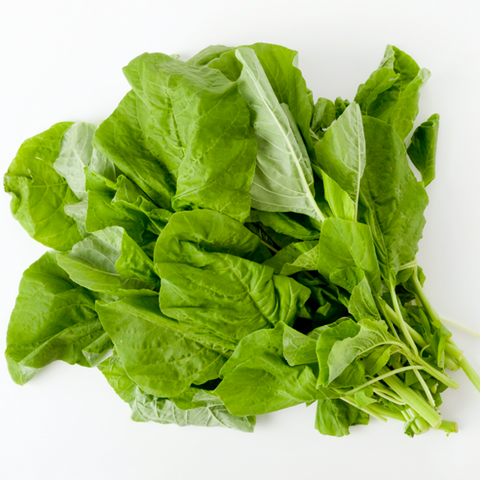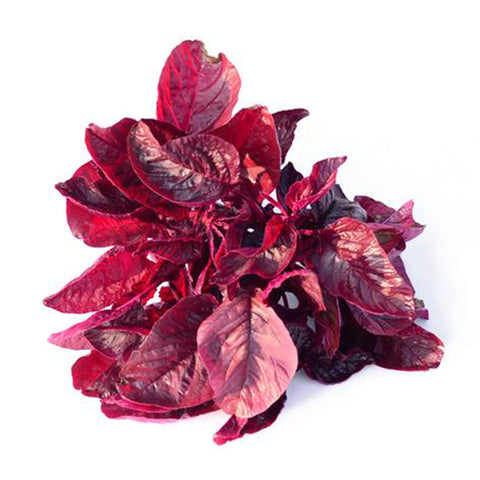Amaranth comes in an array of colours, featuring approximately 60-70 species that grow throughout the year. The showy appearance of the plant makes it an ideal crop for edible landscapes. There is a diverse range of Amaranths that can be grown in your gardens - from traditional leafy vegetables, varieties producing crops consumed as cereals and used in Chikkis, to beautiful flowering and decorative Amaranths. Read on to learn how to grow this crop in your kitchen gardens.
Best Time To Grow Amaranthus

Summers, the time of the year when the days lengthen, temperature rises and all your leafy vegetables turn bitter. All but one, Amaranth. Although Amaranth can be grown throughout the year, these greens thrive well in Indian summer. Unlike most leafy greens, the crop happily grows in hot and humid weather.
Where To Plant Amaranthus

Start by sowing the amaranthus seeds indoors and moving them outdoors after a week, once the seeds germinate. As soon as you take your seeds outdoors, plant them in a sunny spot to prevent leggy, weak growth.
Pick a spot that receives 5-6 hours of daily sunlight. More light equals better growth for growing Amaranth.
How To Plant Amaranthus

Once your seedlings are approximately 2-3 inches tall and have developed roots, they're ready to be transplanted to their final spot. Pick a sunny spot and space out the seedlings based on the predicted size of the varieties. Certain varieties of Amaranth grow up to 7-8 feet tall, whereas the leafy ones reach only two to three feet when fully matured.
If you're planning to plant Amaranth directly on the ground, sow seeds about 4 inches apart, covering them with a thin layer of soil. The seeds will germinate in about 10-14 days. As they start sprouting, thin the plants 10-18 inches apart.
The plant thrives in well-drained soil. Pick a site that allows good drainage and air circulation. The plant has average water requirements, no more than an inch per week. Overwatering your plant can run the potential risk of root rot or fungal diseases. Amaranth is an easy-to-grow and low maintenance plant. Once established, it requires minimal care and attention. It naturally resists most pests and diseases, making your job easy-peasy.
Harvesting Amaranthus

The best part about growing Amaranth is that it can be harvested at any time. The small leaves of the plant are tender, while the larger leaves are full of flavour. When harvesting the leaves, keep the crown and leaves around the top intact to allow them to keep growing. Heat and the large size of the leaves won't turn amaranth bitter, unlike other leafy vegetables, you can harvest Amaranth throughout the growing period. It makes a great substitute for spinach. You can prepare salads with calcium-rich tender leaves or use them to prepare the soup.
To harvest the grains, allow the plant to fully mature and flower. Before the flowers start to turn brown, cut them off from the tip and store them in a bag to dry. Separate the seeds from the flowers using a cloth, rinse the dried seed and store the grains.
Let’s sum up the growing details for you:
| Name | Amaranthus Leafy Vegetable In Hindi (Chauli) (Math) Grains in Hindi (Rajgira) |
|---|---|
| Type | Annual Herbaceous |
| Best Time To Grow In India | Throughout the year, preferably summer |
| Sun Exposure | 4-5 hours of direct sunlight everyday |
| Soil | Well-drained soi |
| Bloom period | Early winter, fall and summers |
Now that you are all geared up for growing your Amaranth, grab your seeds from AllThatGrows and get started!


 Sign In
Sign In
















Let us know your feedback
* Comments must be approved before being displayed.